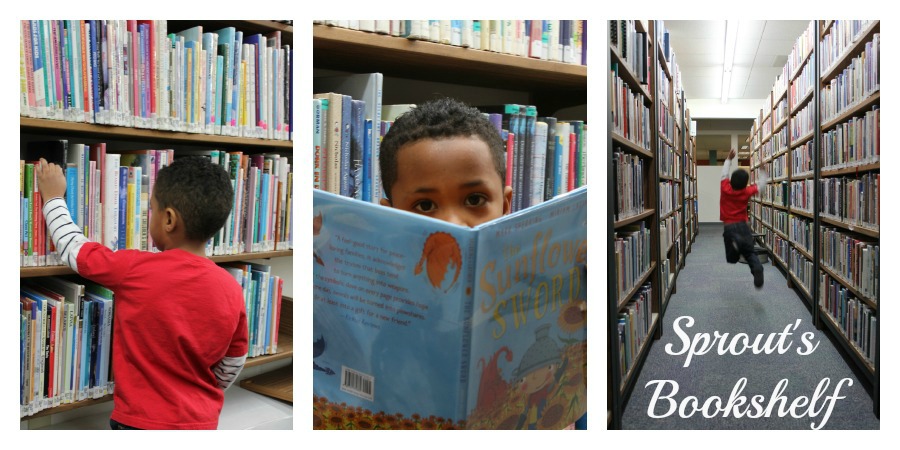 Natasha Anastasia Tarpley was motivated to write her picture book I Love My Hair because of her own childhood relationship with her locks and with her mother. As an African American, Natasha's hair needed to be combed out frequently, which her mother would do in the evening. The tender ritual that Natasha's mother acted out, where the two would bond over the combing and braiding of Natasha's hair, resulted in some wonderful memories. And as an adult, those memories returned when Natasha herself was able to find a hairstyle that allowed her to feel "at peace with my hair, at home again with myself".
Natasha Anastasia Tarpley was motivated to write her picture book I Love My Hair because of her own childhood relationship with her locks and with her mother. As an African American, Natasha's hair needed to be combed out frequently, which her mother would do in the evening. The tender ritual that Natasha's mother acted out, where the two would bond over the combing and braiding of Natasha's hair, resulted in some wonderful memories. And as an adult, those memories returned when Natasha herself was able to find a hairstyle that allowed her to feel "at peace with my hair, at home again with myself".In I Love My Hair, an African American girl celebrates all that is wonderful about her particular head of hair. She thinks of all the ways her mother can fix her hair, from cornrows to buns to a fluffy Afro style. She loves the way her beaded braids make a fun rhythm that she skips along with down the sidewalk. And readers will see that there's much to love about this gorgeous gir'ls hair, which is "curly as a vine winding upward, reaching the sky and climbing toward outer space." E. B. Lewis's illustrations bring the imagery of Tarpley's text to life, capturing the emotion and spirit of the words and memorializing the love of mother and child. While the story focuses on hair, it's more than that, as you might imagine -- it's family love, healthy self-image and the joyous spirit of hair that makes you feel like flying!
For anyone who's parenting an African American child, this is an essential addition to your bookshelf, one that will help put into words all the reasons there are to "love my hair!".
Bonus: Read an interview with Natasha Tarpley from the kidlit blog The Brown Bookshelf
I Love My Hair by Natasha Tarpley, published by Little, Brown & Company
All ages
Source: Library
Sample quote: "Some days I just let my hair be free to do what it wants, to go any which-way it pleases. Then my hair surrounds my head, like a globe. This is my Afro style."
Highly recommended








